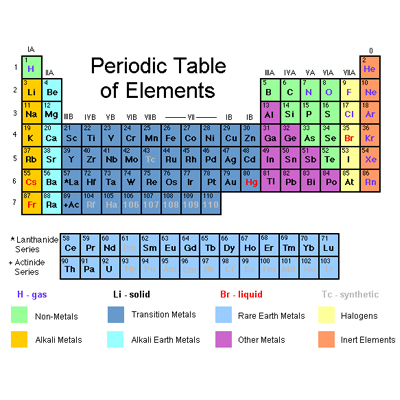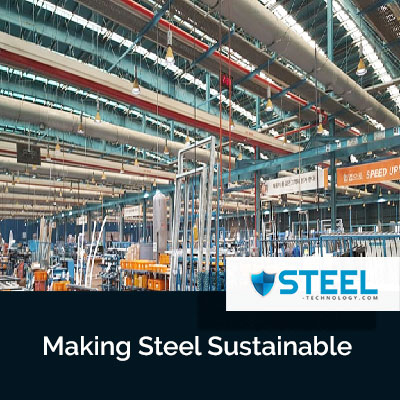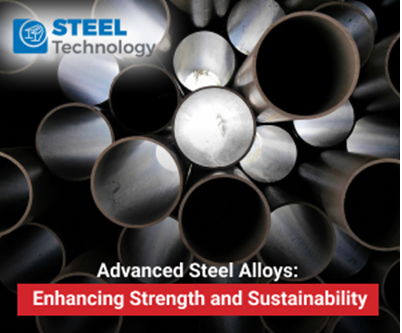Towards Zero Waste: Innovations in Steel Recycling and Disposal

Introduction
Steel is a vital material in various industries, from construction to manufacturing, due to its strength, durability, and versatility. However, the production and disposal of steel also contribute significantly to environmental challenges such as resource depletion and pollution. In recent years, there has been a growing focus on achieving zero waste goals, prompting innovations in steel recycling and disposal techniques. This article explores the latest advancements in steel recycling technologies, circular economy initiatives, best practices, case studies, and future trends in the quest towards zero waste in the steel industry.
The Importance of Steel Recycling
Steel recycling plays a crucial role in sustainable resource management and environmental protection. By recycling steel, we can significantly reduce energy consumption, lower greenhouse gas emissions, and conserve valuable natural resources such as iron ore and coal. Additionally, steel recycling contributes to the circular economy by closing the loop on material usage and minimizing waste generation.
Challenges in Steel Recycling and Disposal
Despite its benefits, steel recycling faces several challenges. Contamination of scrap metal, inadequate collection infrastructure, and technological limitations in sorting and processing are common hurdles. Improper disposal of steel waste can also lead to environmental pollution, affecting ecosystems and human health. Overcoming these challenges requires innovative solutions and collaborative efforts across industries and stakeholders.
| Also Read: Closing the Loop: Advanced Waste Management in the Steel Industry |
Innovations in Steel Recycling Technologies
Recent years have witnessed significant advancements in steel recycling technologies. Magnetic separation techniques, such as magnetic drums and eddy current separators, enable efficient separation of ferrous and non-ferrous metals from scrap material. Shredding and shearing machines break down large steel structures into manageable pieces, facilitating recycling processes. Automated sorting systems using artificial intelligence (AI) and robotics enhance the accuracy and speed of material identification and classification, improving the quality of recycled steel.
Circular Economy Initiatives
The concept of a circular economy emphasizes sustainable resource management, product design for longevity, and closed-loop recycling systems. In the steel industry, circular economy initiatives focus on extending the lifespan of steel products, promoting reuse and remanufacturing, and integrating recycled materials into new production cycles. Collaborative efforts between steel manufacturers, recyclers, policymakers, and consumers are driving the adoption of circular economy principles and practices.
Best Practices in Steel Recycling and Disposal
Effective steel recycling and disposal require adherence to best practices. Proper segregation of scrap metal based on type and quality, efficient collection and transportation methods, and stringent quality control measures are essential steps. Education and awareness campaigns educate stakeholders about the benefits of steel recycling, encourage participation in recycling programs, and promote responsible waste management practices.
Case Studies
Several case studies highlight successful steel recycling and disposal projects worldwide. For example, initiatives in automotive and construction industries demonstrate the feasibility of closed-loop recycling, where end-of-life steel products are reclaimed, processed, and reintegrated into new manufacturing processes. Collaboration between steel producers and recyclers in developing innovative recycling technologies and business models has led to significant reductions in waste generation and environmental impact.
Future Trends and Opportunities
The future of steel recycling and disposal is promising, with ongoing developments in smart recycling technologies, digitalization, and sustainability practices. Smart recycling technologies leverage data analytics, IoT sensors, and automation to optimize resource utilization, improve recycling efficiencies, and minimize waste. Blockchain-based traceability solutions provide transparency and accountability in supply chains, enhancing trust among stakeholders and facilitating the tracking of recycled materials' origins and destinations. Sustainable packaging solutions incorporating recycled steel materials offer environmentally friendly alternatives to traditional packaging materials, contributing to waste reduction and resource conservation.
Conclusion
Innovations in steel recycling and disposal are driving progress towards zero waste goals in the steel industry. By embracing circular economy principles, leveraging advanced technologies, adopting best practices, and fostering collaboration, stakeholders can achieve sustainable resource management, minimize environmental impact, and create a more resilient and resource-efficient steel sector for the future.











